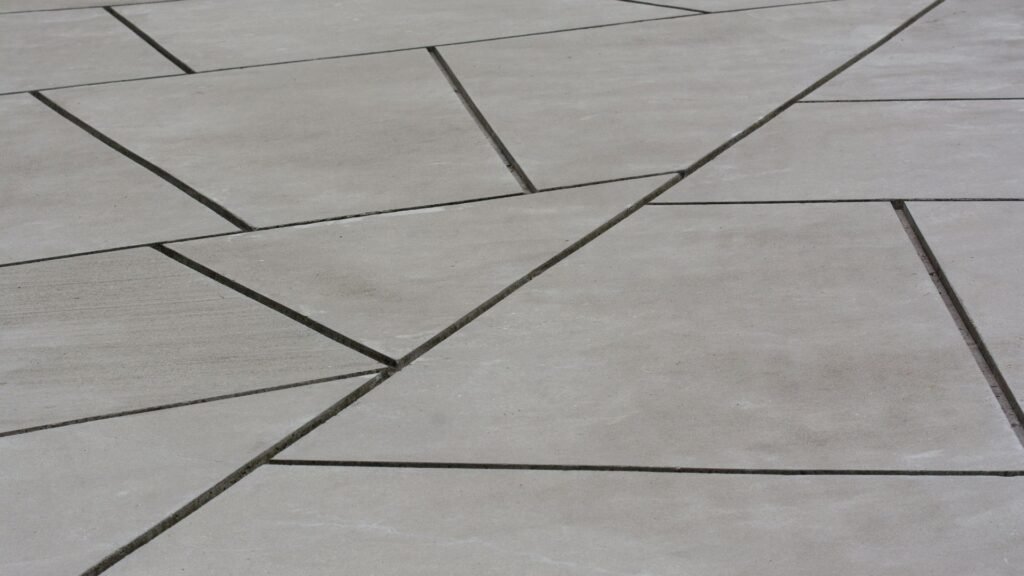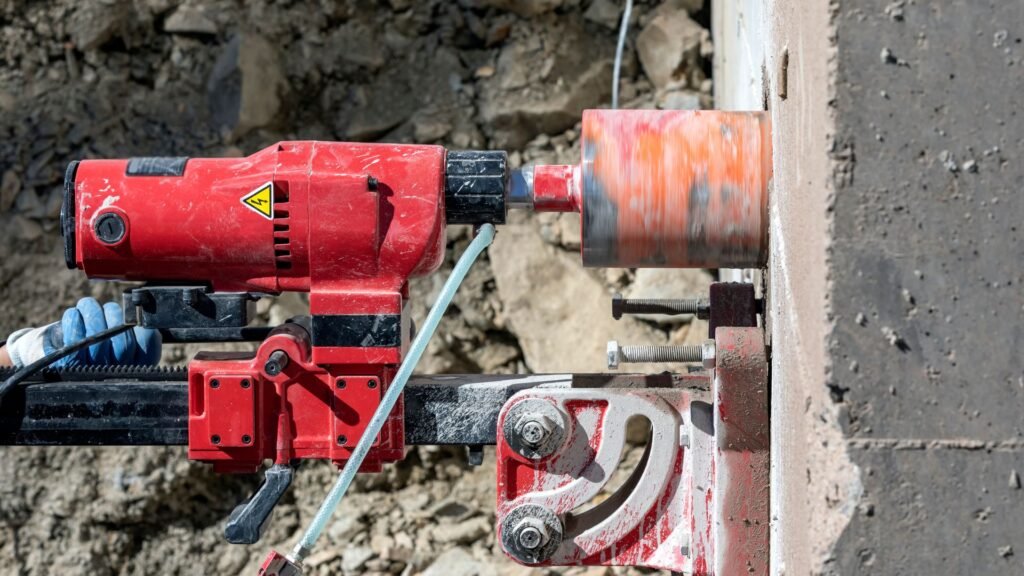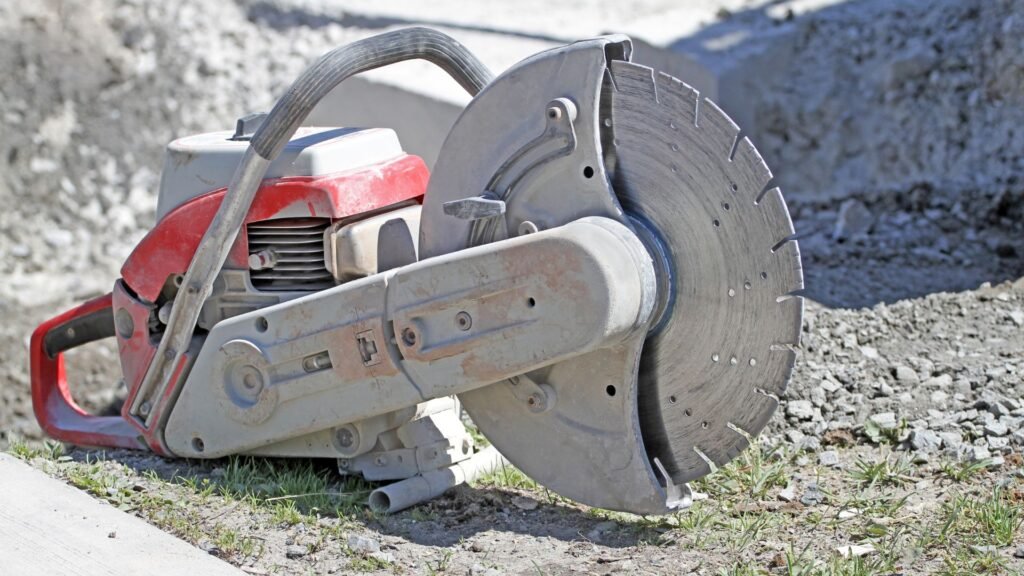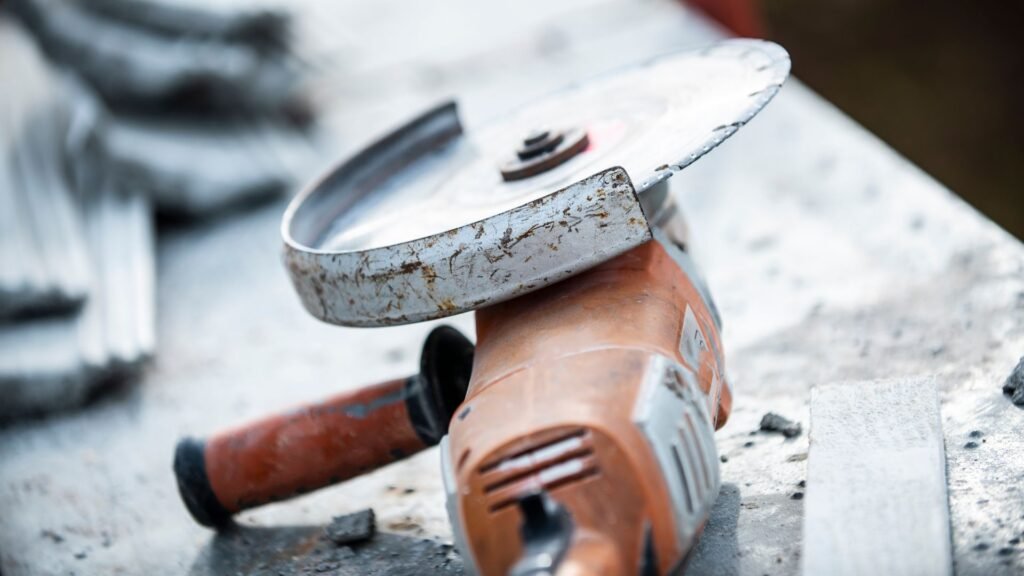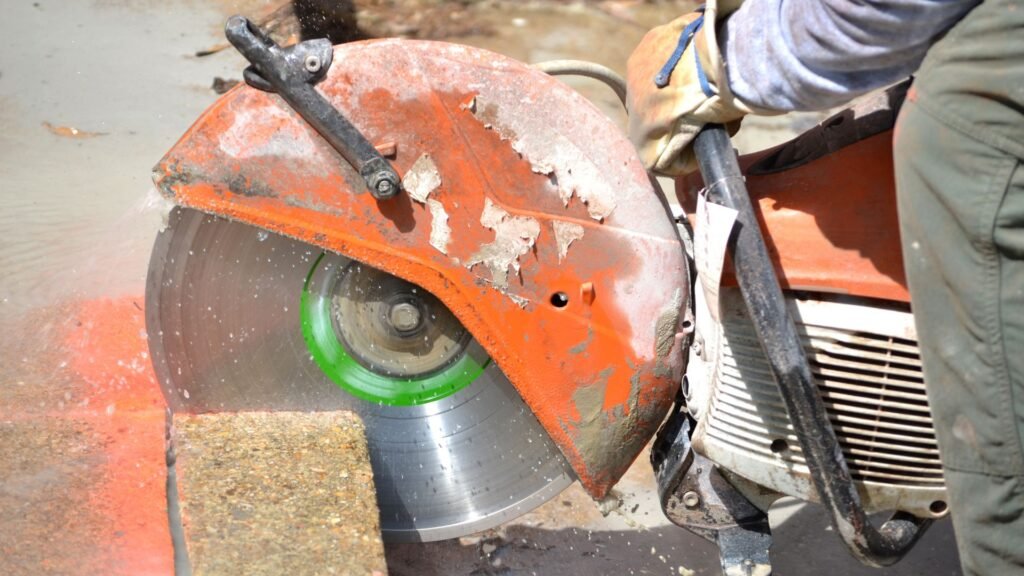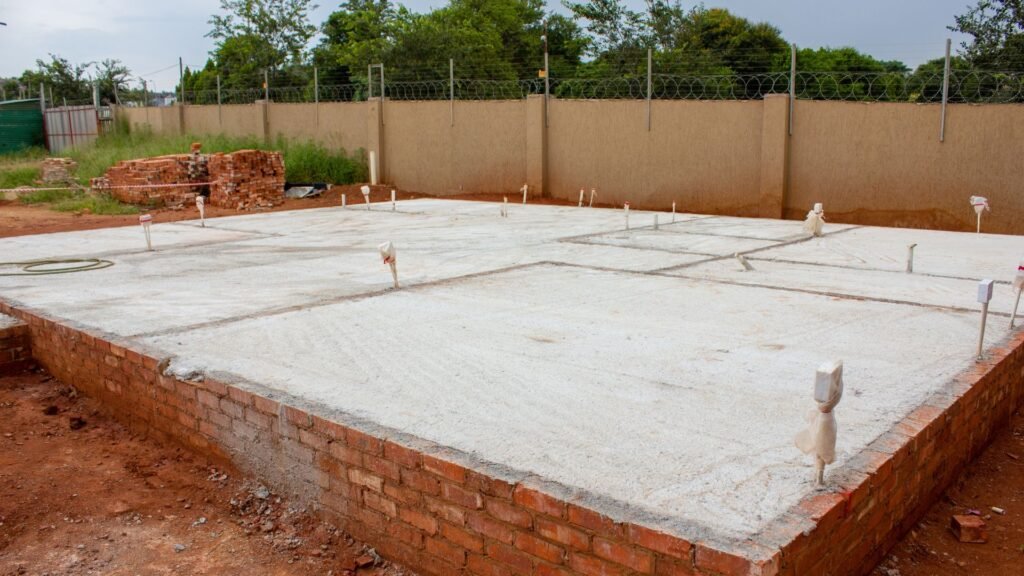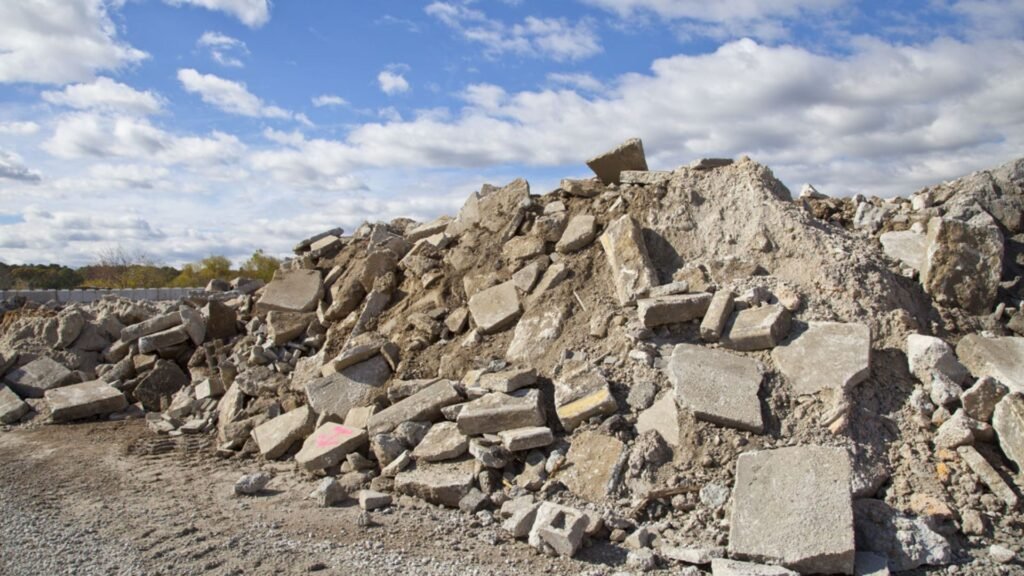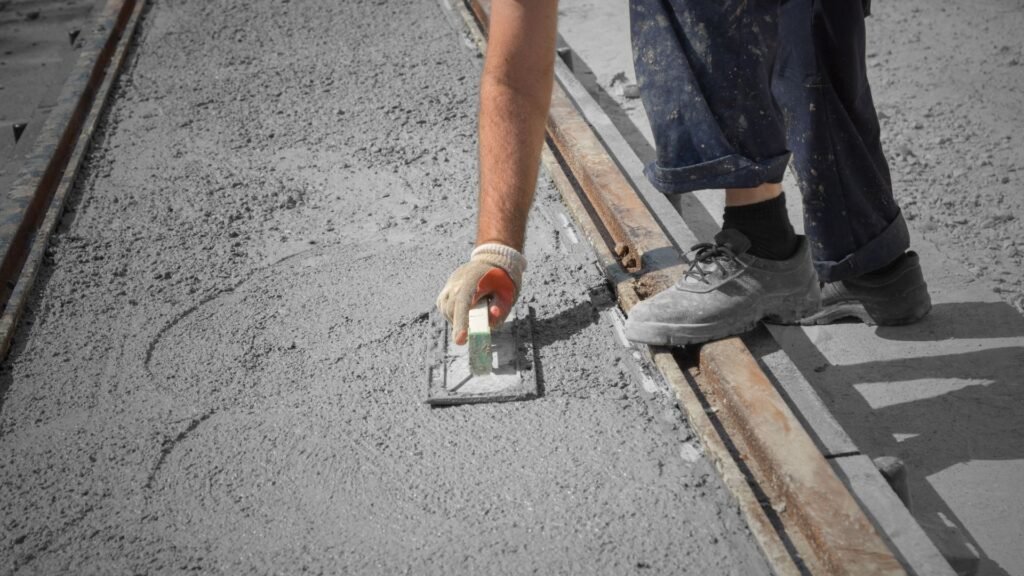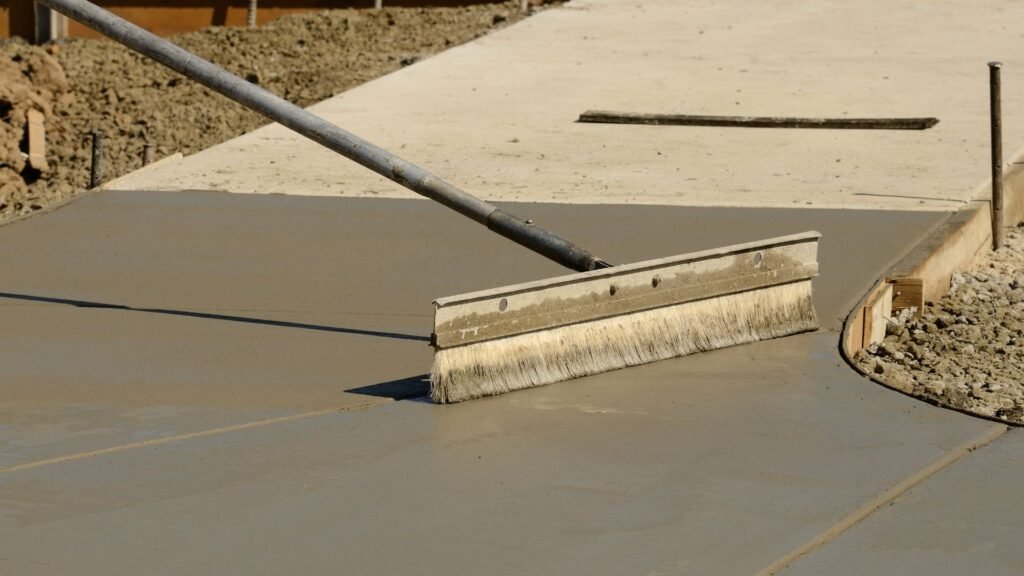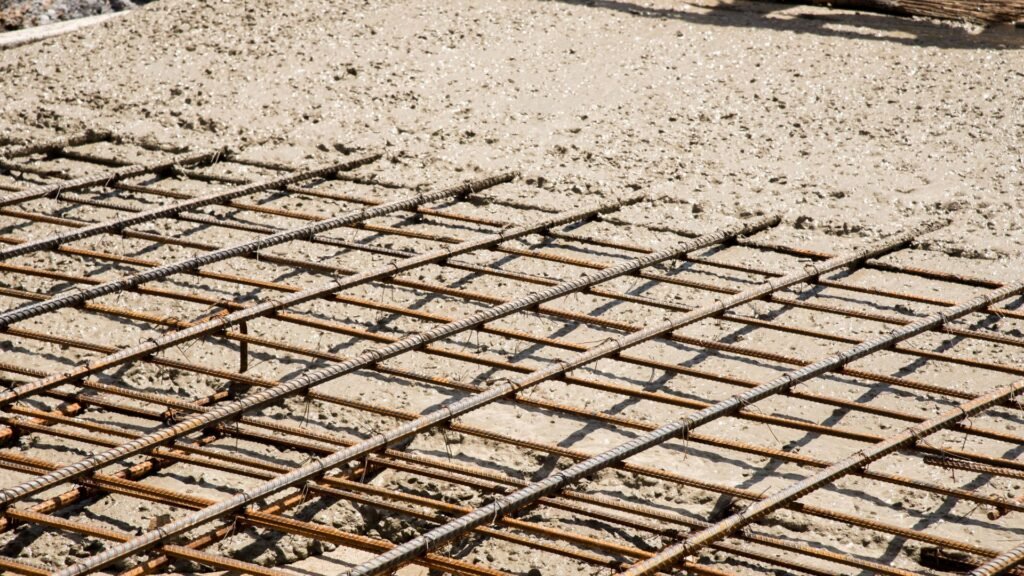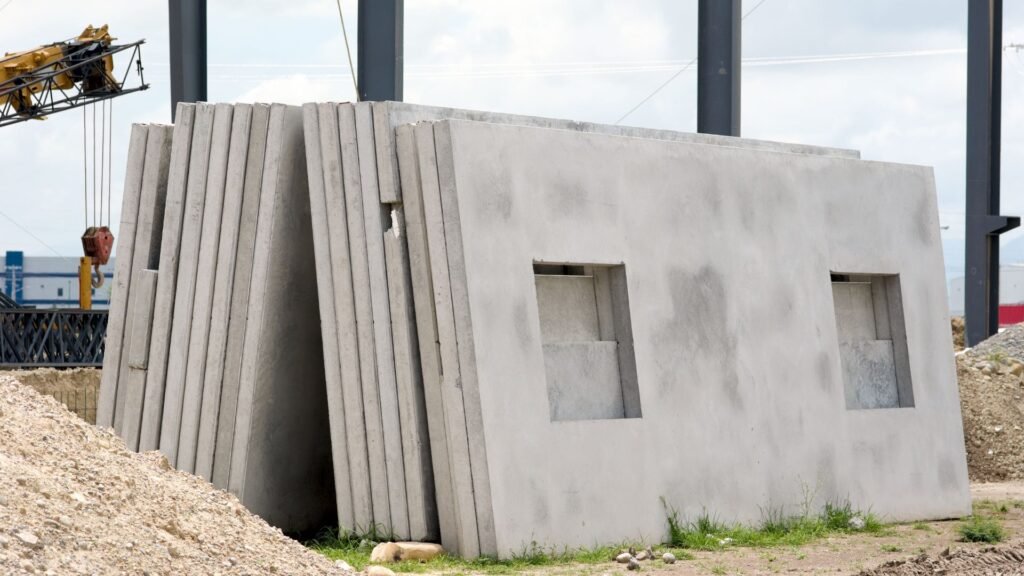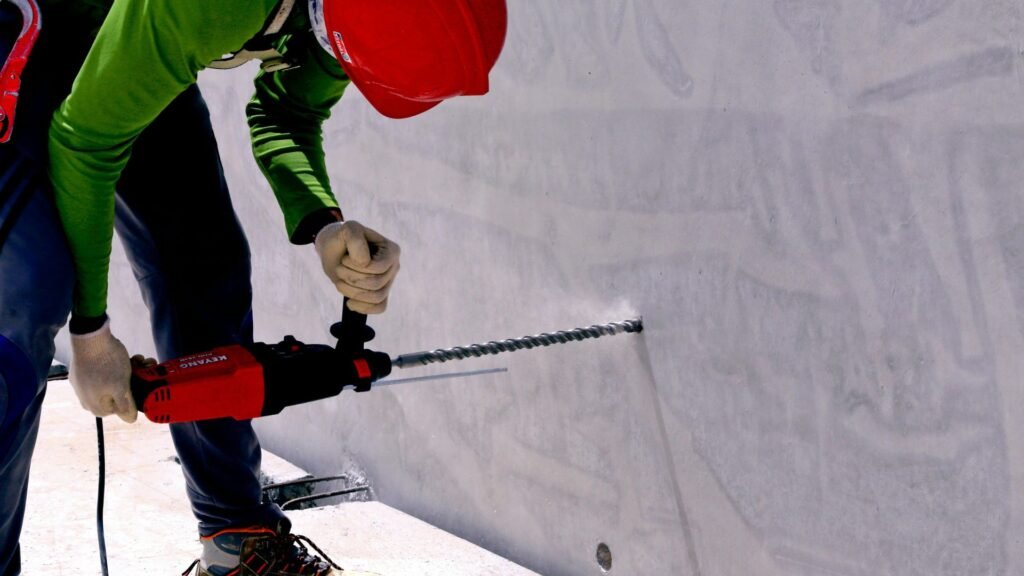Welcome to the world of decorative concrete in New Zealand, where practicality meets style in a way that fits perfectly with Kiwi homes and businesses. More than just a strong building material, decorative concrete has become a popular choice for those who want surfaces that look good, last long, and suit the local lifestyle. From polished floors in modern interiors to textured driveways that can handle NZ’s changing weather, this versatile option is reshaping how people think about concrete. In this guide, we’ll explore the different types available, where they work best, what they cost, and why more New Zealanders are turning to decorative concrete as a smart and stylish solution.
Decorative concrete in NZ is a durable and stylish option for floors, driveways, patios, and commercial spaces. Popular finishes include polished concrete, exposed aggregate, stamped patterns, and coloured or stained designs. It offers long-lasting strength, low maintenance, and versatile looks that suit both modern and traditional New Zealand homes.
Table of Contents
What Is Decorative Concrete?
Decorative concrete is more than just a structural material. It is concrete that has been enhanced to be both functional and visually appealing. Unlike plain grey slabs, decorative concrete combines strength with style, making it suitable for both residential and commercial spaces. Through techniques such as staining, polishing, stamping, or adding aggregates, plain concrete is transformed into a surface that adds value and character to any property.
Difference Between Plain Concrete And Decorative Options
Plain concrete is typically used for its durability and affordability, but it often lacks design appeal. It is practical for foundations, standard driveways, and structural work, yet it looks uniform and flat. Decorative concrete, on the other hand, offers the same durability while giving homeowners and businesses the chance to personalize their surfaces. Stamped finishes can mimic stone or brick, polished floors provide a sleek and modern look, and coloured options allow for creative freedom. This makes decorative concrete both versatile and stylish while maintaining the strength that concrete is known for.
Why It’s Popular In NZ
Decorative concrete has gained strong popularity in New Zealand for several reasons. First, it performs well in the local climate, standing up to rain, UV exposure, and changing temperatures. Second, it fits seamlessly into New Zealand’s architectural styles, from classic villas to modern builds. Many Kiwi homeowners appreciate how it enhances outdoor living spaces, such as patios and pool surrounds, while also working well for indoor areas like kitchens and living rooms. Lastly, decorative concrete is seen as a cost-effective option compared to natural stone or timber, giving property owners long-term value without sacrificing style.
By combining durability with design flexibility, decorative concrete has become a go-to choice across New Zealand. It is an option that continues to grow in demand as more people look for practical yet stylish solutions for their homes and businesses.
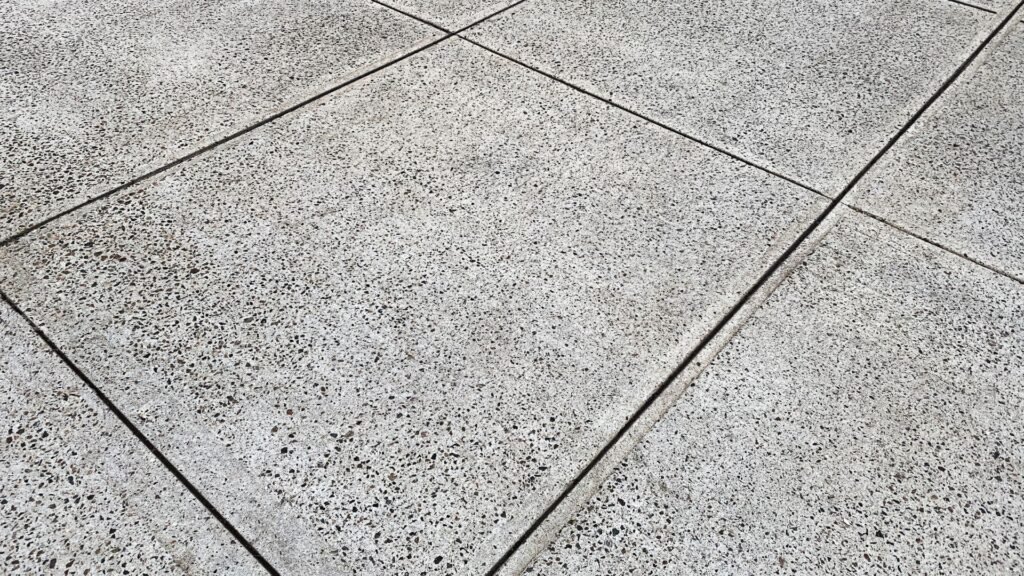
Popular Types Of Decorative Concrete In NZ
Decorative concrete offers homeowners in New Zealand a wide range of design choices that combine function with style. Each type has unique features, making it suitable for different spaces and needs. Below are the most popular types of decorative concrete in NZ and what you should know about them.
Polished Concrete Floors
Polished concrete floors are one of the top choices for modern interiors. They provide a sleek, glossy finish that brightens up rooms and creates a contemporary look. These floors are commonly used in living rooms, kitchens, showrooms, and even offices.
- Pros: Low maintenance, long-lasting shine, and resistant to stains.
- Cons: Can feel cold underfoot in winter, may require area rugs for comfort.
Stamped Concrete
Stamped concrete is designed to mimic the appearance of stone, brick, or even timber. It’s achieved by pressing patterns into freshly poured concrete, giving outdoor areas a high-end finish at a lower cost. This option is popular for patios, pool surrounds, and pathways.
- Pros: Affordable alternative to natural stone, wide variety of patterns.
- Cons: Requires sealing to prevent fading, may crack if not installed properly.
Exposed Aggregate
Exposed aggregate is widely used in New Zealand driveways, patios, and walkways. It’s created by removing the top layer of cement paste to reveal the textured stones within the mix. The result is a durable, slip-resistant surface that looks stylish and natural.
- Pros: Excellent traction, highly durable, and suitable for high-traffic areas.
- Cons: Can be rough under bare feet, limited to certain design variations.
Coloured Concrete
Coloured concrete uses pigments mixed into the concrete itself, allowing homeowners to customize the shade to match their design preferences. This option is often chosen for driveways, pathways, and even interior flooring where a unique look is desired.
- Pros: Wide choice of colours, long-lasting shade when sealed properly.
- Cons: Colour may fade over time without proper maintenance.
Stained Concrete
Stained concrete is used to create earthy tones and natural finishes. Unlike coloured concrete, staining penetrates the surface to produce deep, rich hues with subtle variations. It’s often applied indoors for feature floors, as well as outdoors in entertainment areas.
- Pros: Distinct, artistic finish with natural colour variations.
- Cons: Limited colour range, requires resealing to maintain appearance.
Decorative concrete in NZ offers styles to suit every home, whether you prefer the clean polish of modern floors or the rustic texture of exposed aggregate. By understanding where each type works best and weighing the pros and cons, homeowners can choose the right option for both beauty and practicality.
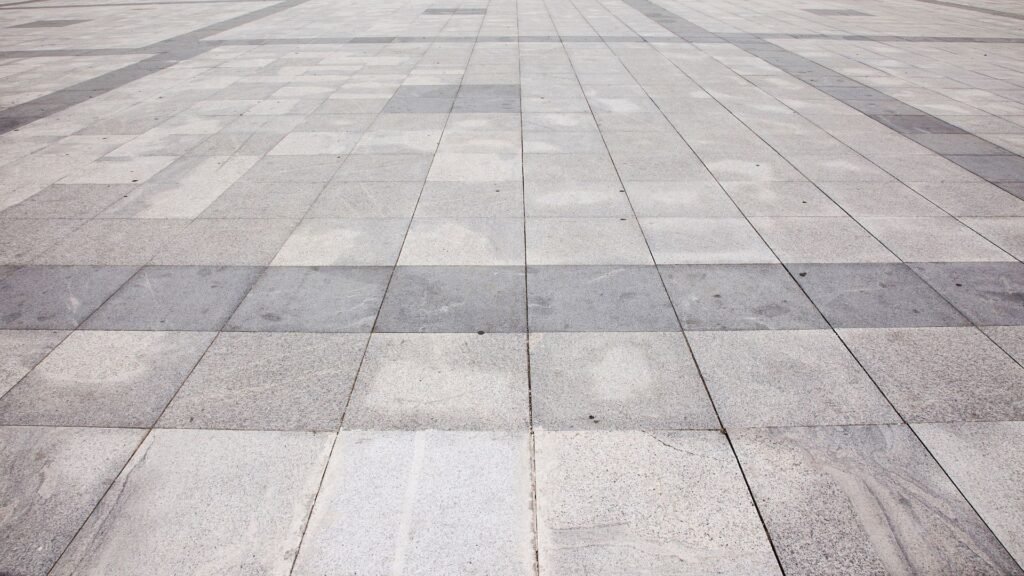
Why Choose Decorative Concrete In NZ?
Decorative concrete has become a popular choice for many New Zealand homeowners and businesses because it offers a balance of strength, style, and value. Unlike other materials that may look good initially but wear down quickly, decorative concrete is designed to perform well in the long run. Here’s a closer look at why it makes sense for Kiwi spaces:
- Durability in NZ climate: New Zealand’s weather can be unpredictable, with heavy rain, strong UV exposure, and fluctuating temperatures. Decorative concrete is built to withstand these conditions without cracking, fading, or deteriorating as quickly as other materials. Whether it’s an outdoor driveway, a patio, or an interior floor, this option provides peace of mind knowing it will hold up year after year.
- Cost-effectiveness compared to tiles, pavers, or hardwood: Decorative concrete is more affordable to install and maintain when compared with traditional finishes such as tiles, natural stone, or hardwood. Not only are upfront costs often lower, but long-term savings come from fewer repairs and less need for replacements. This makes it a smart investment for both residential and commercial projects.
- Low maintenance – easy cleaning, long lifespan: Unlike flooring or outdoor surfaces that need regular polishing, re-grouting, or special treatments, decorative concrete requires very little upkeep. A simple sweep, mop, or wash is usually enough to keep it looking sharp. With proper sealing every few years, it can last for decades with minimal effort.
- Design flexibility – suits both classic villas and modern builds: Decorative concrete can be tailored to fit a wide variety of architectural styles in New Zealand. From polished finishes in contemporary homes to exposed aggregate that blends beautifully with coastal or rural settings, there is a finish to match every design vision. This flexibility allows homeowners to achieve a unique look without compromising on durability.
- Sustainability – eco-friendly options and energy efficiency benefits: Decorative concrete also appeals to those wanting a more sustainable option. Many mixes use recycled materials, and polished concrete floors can improve energy efficiency by absorbing and retaining heat, reducing the need for constant heating in cooler months. Choosing concrete can be a small but meaningful step toward a more eco-conscious lifestyle.
Decorative concrete in New Zealand is more than just a practical surface solution—it’s a long-lasting, stylish, and cost-effective choice that fits both traditional and modern living. By combining durability, low maintenance, and design freedom, it continues to stand out as one of the best options for Kiwi homes and businesses.
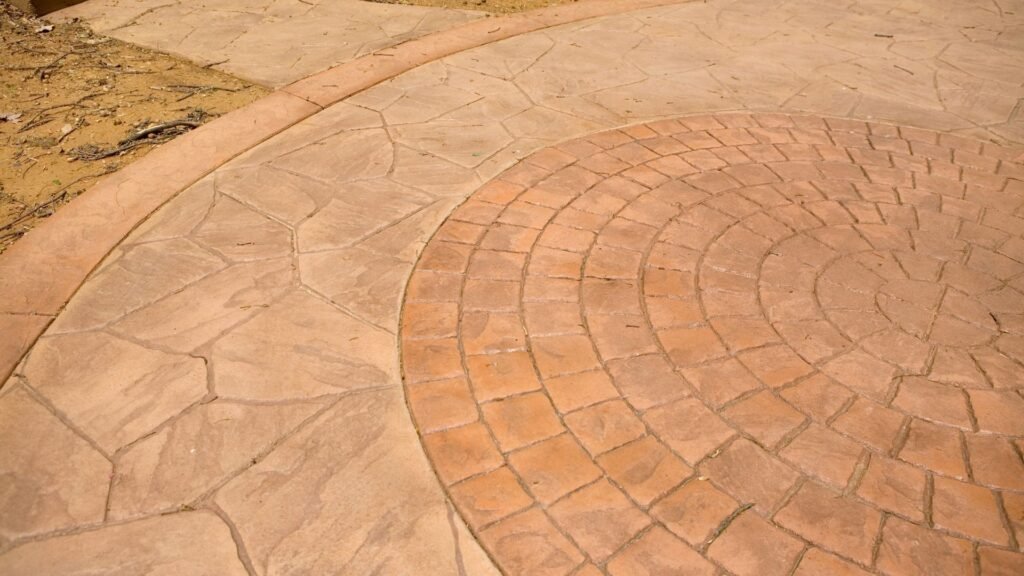
Where Decorative Concrete Works Best
Decorative concrete is one of the most versatile building materials in New Zealand, making it suitable for a wide range of residential, commercial, and public spaces. Its strength, style, and low maintenance requirements mean it can adapt to different environments while maintaining both function and beauty.
- Residential applications: Homeowners across NZ often choose decorative concrete for driveways, patios, pool surrounds, and even kitchen floors. A polished concrete floor, for example, gives a modern, easy-to-clean finish indoors, while exposed aggregate works perfectly for driveways and garden paths. Around pools, decorative concrete is slip-resistant and durable, making it both a safe and stylish choice.
- Commercial spaces: Businesses are increasingly turning to decorative concrete for areas such as showrooms, restaurants, and retail shops. Polished concrete flooring is a standout in commercial settings because it can handle heavy foot traffic, requires minimal maintenance, and adds a sleek, professional look. Stamped or stained finishes also allow business owners to create unique spaces that match their brand identity.
- Public areas: Decorative concrete is a practical choice for walkways, plazas, and parks across New Zealand. Its durability ensures it can withstand daily wear while offering design flexibility that makes public spaces more inviting. Councils and community projects often prefer decorative concrete because it balances long-term value with visual appeal.
- Local flavour: In New Zealand, lifestyle plays a big role in design choices. Decorative concrete fits naturally into outdoor BBQ areas, coastal homes, and garden patios where entertaining is part of everyday life. Coastal regions benefit especially from concrete’s resilience against sea salt and moisture, while urban homes use it to achieve a clean, modern finish both inside and out.
Decorative concrete is not only durable but also highly adaptable, making it a smart solution for any environment. Whether it’s a home driveway, a busy retail store, or a public walkway, decorative concrete offers New Zealanders a balance of style and practicality that few other materials can match.
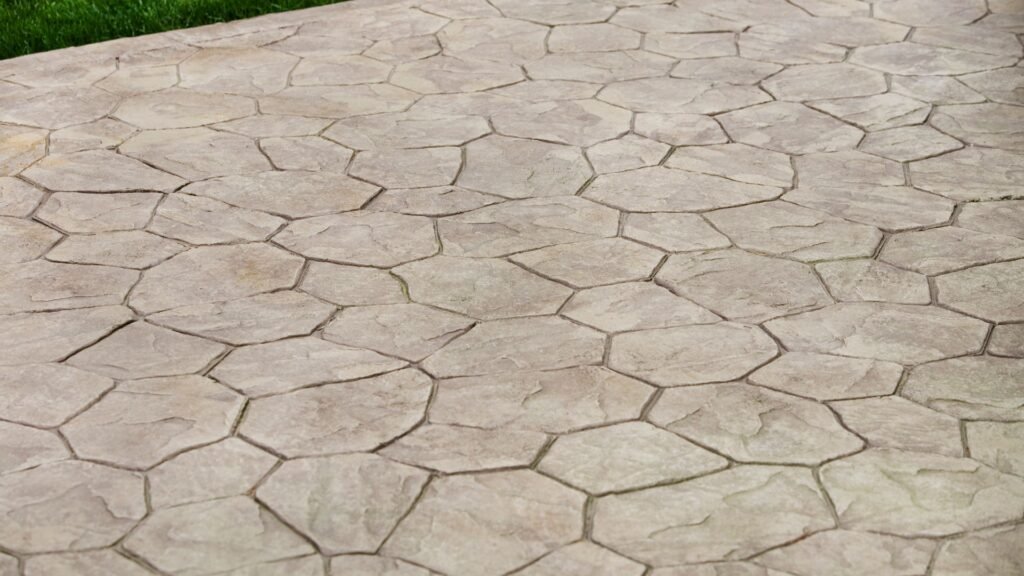
Decorative Concrete Installation Process
Installing decorative concrete is more than just pouring a mix into a space. It requires careful planning, attention to detail, and the right techniques to achieve both strength and beauty. Here’s a simplified step-by-step explanation of how the process usually works in New Zealand:
- Preparation: The area must be cleared, leveled, and reinforced with the proper base material. Good preparation ensures the concrete will remain stable and crack-resistant over time. Any design elements, such as borders or patterns, are also planned at this stage.
- Pouring: Once the base is ready, the concrete mix is poured into the prepared space. The mix must be handled quickly and evenly to avoid inconsistencies. Depending on the chosen decorative finish, coloring agents, stamps, or aggregates may be added during pouring.
- Finishing: After the pour, the surface is worked with tools to smooth, texture, or imprint patterns. This stage defines how the decorative concrete will look—whether it’s polished, stamped, or exposed aggregate. Achieving a consistent and professional finish requires skill and experience.
- Curing: Concrete doesn’t reach full strength instantly. The curing process, which can take several days, allows the concrete to harden properly. During this time, moisture and temperature must be managed to avoid cracks or surface flaws.
Decorative concrete may sound simple, but each stage plays a crucial role in creating a surface that is both durable and visually appealing. This is why hiring skilled professionals is essential. In New Zealand, there are many contractors who understand the unique local conditions, such as weather challenges and soil types, that can affect the final outcome.
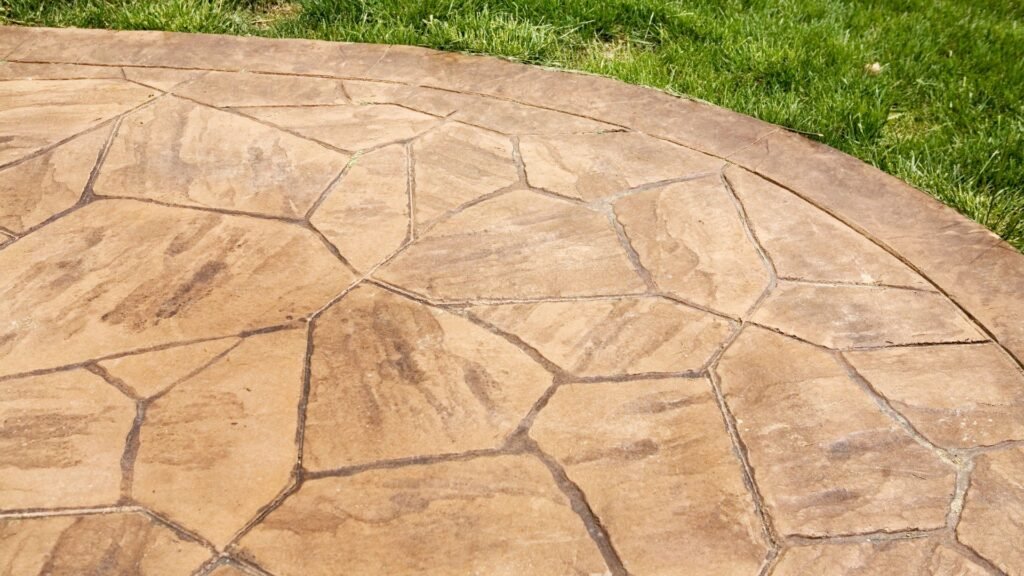
Costs Of Decorative Concrete In NZ
When planning a decorative concrete project in New Zealand, cost is one of the first things most homeowners and business owners want to understand. Decorative concrete is known for being more affordable than premium flooring or paving materials, while still offering durability and visual appeal. The overall price depends on the finish you choose, the size of the area, and the complexity of the design.
- Average price ranges per m² in NZ: Decorative concrete typically starts from around $80 to $120 per square metre for basic finishes such as coloured or standard exposed aggregate. Polished concrete and stamped designs can range from $120 to $180 per square metre, depending on the level of detail and sealing. High-end custom designs may go beyond $200 per square metre. These costs often include preparation, pouring, finishing, and sealing.
- Factors that affect cost: Several elements influence the final price of a decorative concrete project. The type of finish plays the biggest role, as polished or stamped concrete requires more labour and materials than plain exposed aggregate. The total area size also matters, since larger spaces can sometimes lower the cost per square metre due to economies of scale. Design complexity is another factor, as intricate patterns, multiple colours, or custom textures require more time and skill from the contractor.
- Comparison with alternatives: When compared to other flooring and paving materials, decorative concrete offers strong value. Tiles often range from $100 to $200 per square metre, not including installation, while hardwood flooring can exceed $200 per square metre. Pavers are another option, usually starting from $120 per square metre, but they may need more maintenance over time. Decorative concrete often comes out ahead due to its durability and lower upkeep requirements.
- Money-saving tips: If you are working within a budget, you can still achieve great results without overspending. Choosing standard finishes such as simple polished concrete or classic exposed aggregate can help reduce costs. Proper maintenance, such as sealing every few years and cleaning regularly, will also protect your investment and extend the lifespan of the surface. Planning your design carefully with your contractor can help avoid unexpected expenses.
Decorative concrete in New Zealand delivers an excellent balance between cost, performance, and style. By understanding the factors that influence pricing and making smart choices, you can create a surface that adds beauty and value to your property without breaking the bank.
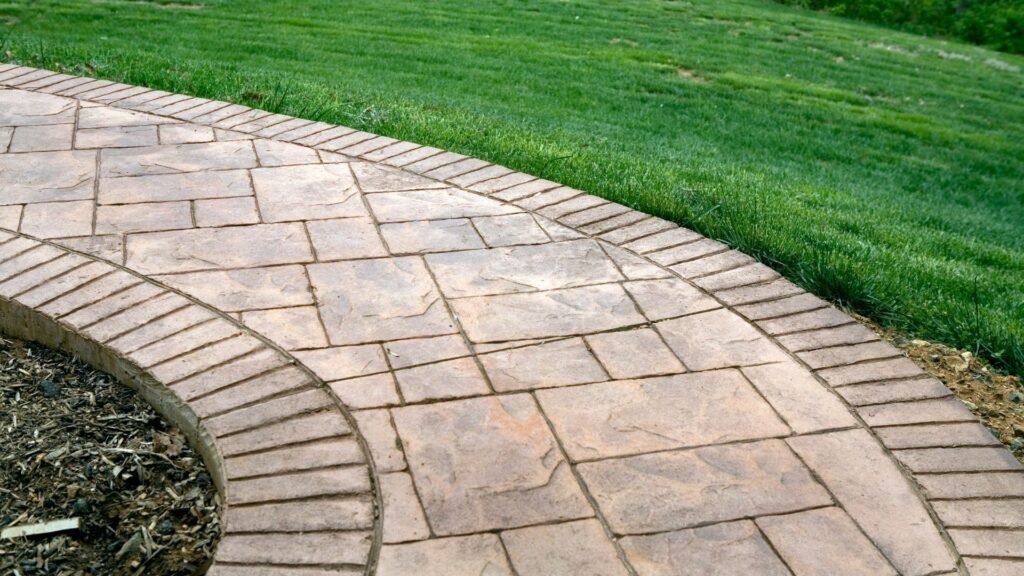
Maintenance Tips For Long-Lasting Decorative Concrete
Decorative concrete in NZ is designed to last for decades, but the way you care for it plays a big role in its appearance and durability. Proper maintenance not only preserves the finish but also helps you avoid costly repairs or replacements in the future. Here are some practical tips you can follow:
- Regular cleaning: Keep your concrete surfaces free from dirt, dust, and debris by sweeping, vacuuming, or mopping indoors. For outdoor areas such as patios and driveways, use a garden hose or a pressure washer on a low setting to remove buildup. Consistent cleaning prevents stains from settling in and keeps the surface looking fresh.
- Sealing concrete every few years: A high-quality sealer protects decorative concrete from water penetration, UV rays, and stains. In New Zealand, where the climate can shift quickly from sun to heavy rain, sealing every two to three years helps maintain both strength and colour. This is especially important for exposed aggregate and coloured finishes that are more vulnerable to fading.
- Avoiding harsh chemicals or heavy impact damage: Strong cleaners, acids, and de-icing salts can wear down the surface over time. Stick to pH-neutral cleaners that are safe for concrete. Also, try to prevent dragging sharp or heavy objects across the floor, as these can leave scratches or chips that are difficult to repair.
- NZ-specific tip: protect from sea salt in coastal regions: If you live near the coast, decorative concrete can be exposed to salt carried by the air. This can slowly weaken the surface and cause erosion. Rinsing outdoor concrete regularly with fresh water and applying a sealer more often helps reduce the impact of salt exposure.
Taking these simple steps will extend the life of decorative concrete and keep it looking attractive for years. By investing in regular care, you can enjoy both the beauty and durability that make decorative concrete a popular choice across New Zealand.
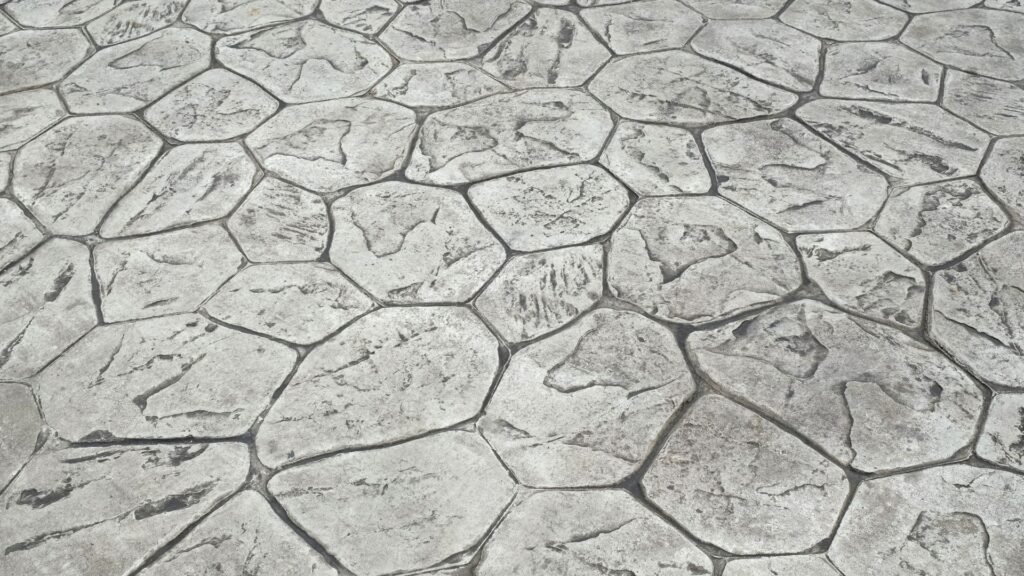
Choosing The Right Decorative Concrete Contractor In NZ
Finding the right contractor is one of the most important steps when planning a decorative concrete project. The quality of the installation directly impacts how long the surface lasts, how it looks, and how much maintenance it will need over time. In New Zealand, there are many contractors offering concrete services, but not all have the same level of skill or experience with decorative finishes. Taking the time to research and ask the right questions can save you money, stress, and disappointment.
- Key questions to ask before hiring: Start by asking how long they have been working with decorative concrete and what specific styles they specialize in. Request examples of past projects, ideally with photos or site visits, so you can see the quality of their work. Ask if they provide written warranties or guarantees on their installations. A reliable contractor should be able to explain their process clearly, including preparation, curing, sealing, and ongoing maintenance.
- Look for experience, references, and warranties: Contractors with proven experience in decorative concrete will understand the challenges of working with New Zealand’s climate, such as rain or coastal exposure. References from past clients give you confidence that they deliver what they promise. Warranties show they are willing to stand behind their work, which is a strong indicator of trustworthiness.
- Where to find trusted contractors in NZ: Reliable contractors can often be found through local directories, recommendations from friends and family, or online reviews. Word of mouth is still one of the most dependable ways to find a skilled professional in New Zealand. You can also check industry associations or trade groups, which often list members who meet certain professional standards.
Choosing the right decorative concrete contractor in NZ comes down to careful research, asking the right questions, and checking references. By doing this, you ensure that your project is handled by professionals who will deliver both quality and long-lasting results.
Ready to transform your space with decorative concrete in NZ? Explore our expert services and find the perfect finish for your home or business—visit our homepage today.
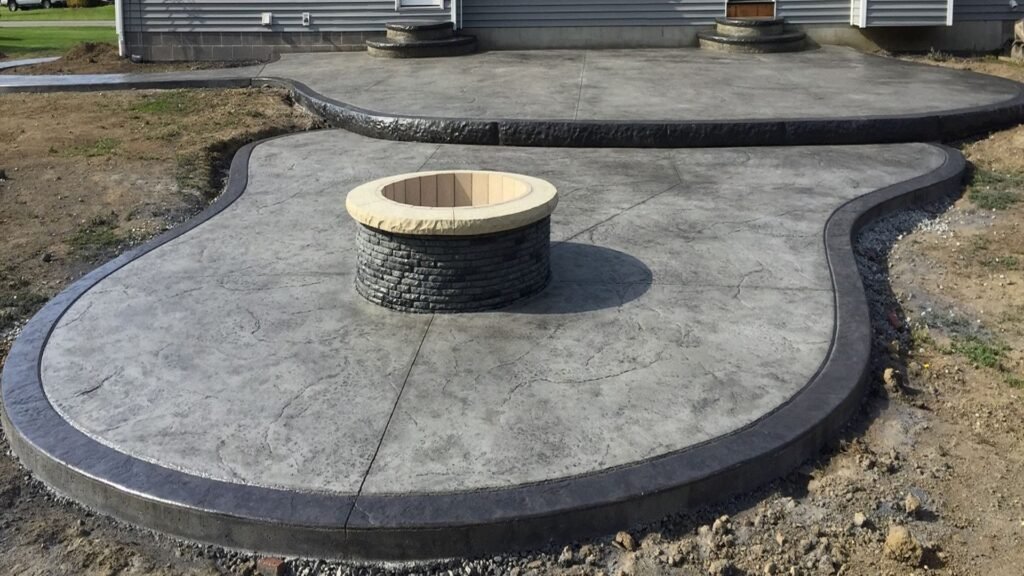
FAQs: About Decorative Concrete In NZ
What is decorative concrete?
Decorative concrete is standard concrete enhanced with finishes, textures, patterns, or colours to improve both appearance and functionality.
Why is decorative concrete popular in New Zealand?
It’s durable, cost-effective, and works well with the NZ climate. Homeowners also like its ability to blend with modern and traditional Kiwi architecture.
What types of decorative concrete are available in NZ?
Common options include polished concrete, stamped concrete, exposed aggregate, coloured concrete, and stained finishes.
How much does decorative concrete cost in NZ?
Prices vary depending on the finish, design, and project size. On average, decorative concrete may cost more than plain concrete but less than materials like tiles or hardwood.
Where can decorative concrete be used?
It’s versatile and works well for driveways, patios, pool areas, interior floors, showrooms, restaurants, and public spaces.
How long does decorative concrete last?
With proper installation and care, decorative concrete can last decades. Regular sealing and cleaning help extend its lifespan.
Is decorative concrete high maintenance?
No. Most finishes require only basic cleaning, such as sweeping or mopping. Outdoor areas may need occasional resealing to maintain colour and protection.
Can decorative concrete handle NZ’s weather conditions?
Yes. It’s designed to withstand rain, UV exposure, and temperature shifts. Exposed aggregate and stamped surfaces are especially suitable for outdoor areas.
Do I need a professional to install decorative concrete?
Yes. While DIY is possible for small jobs, professional contractors ensure proper preparation, finishing, and curing for long-lasting results.
How do I choose the right decorative concrete contractor in NZ?
Look for contractors with experience, references, and examples of past work. Ask about warranties, project timelines, and maintenance advice.
Conclusion
Decorative concrete in NZ brings together style, strength, and affordability, making it an ideal choice for homeowners and businesses looking to enhance their spaces with lasting value. From polished floors that add modern elegance to exposed aggregate driveways built to handle tough conditions, decorative concrete offers versatile solutions that suit both contemporary and traditional Kiwi properties. It stands out as a practical investment because it not only improves the look of a space but also delivers long-term durability and low maintenance, giving property owners peace of mind. For anyone considering a reliable and stylish upgrade, decorative concrete is a smart choice that continues to grow in popularity across New Zealand. To take the next step, explore trusted local decorative concrete services and discover how this option can transform your home or business.

